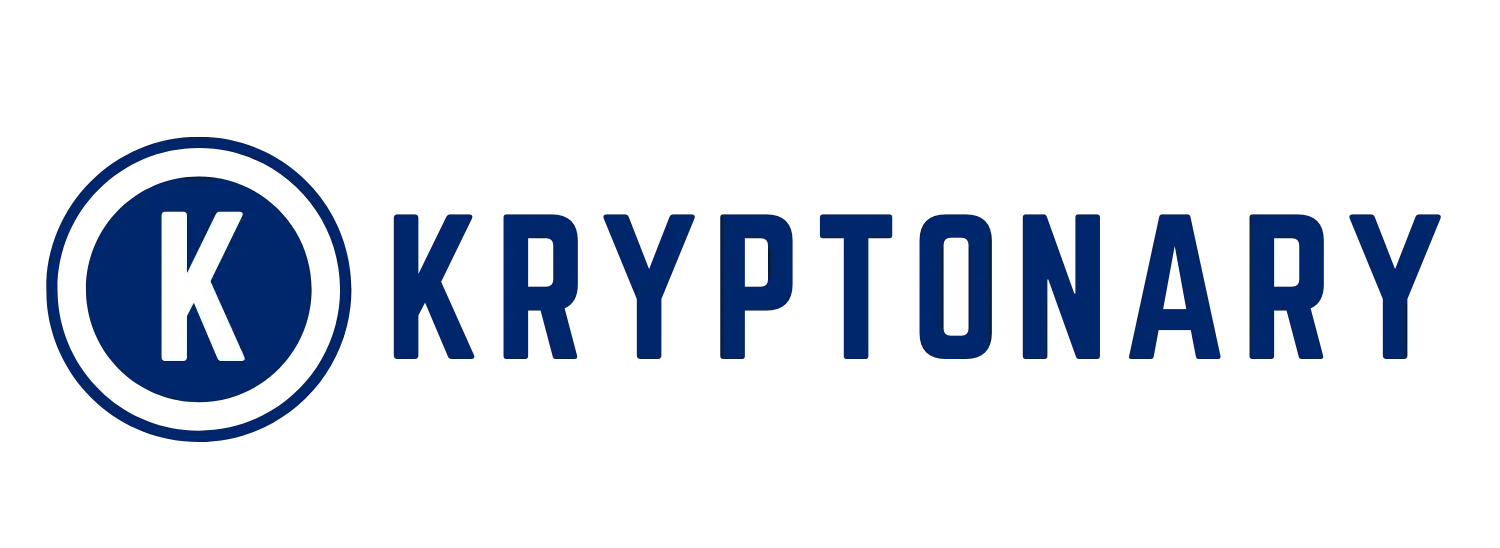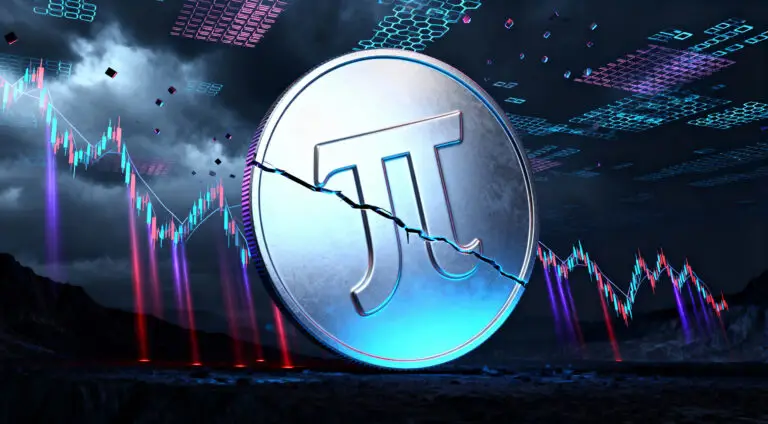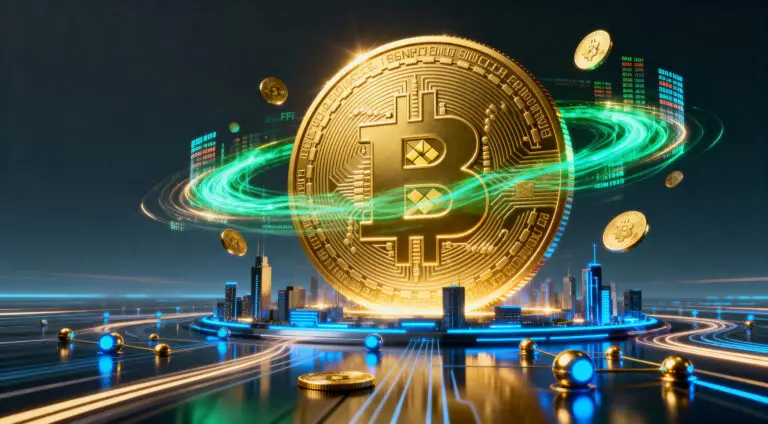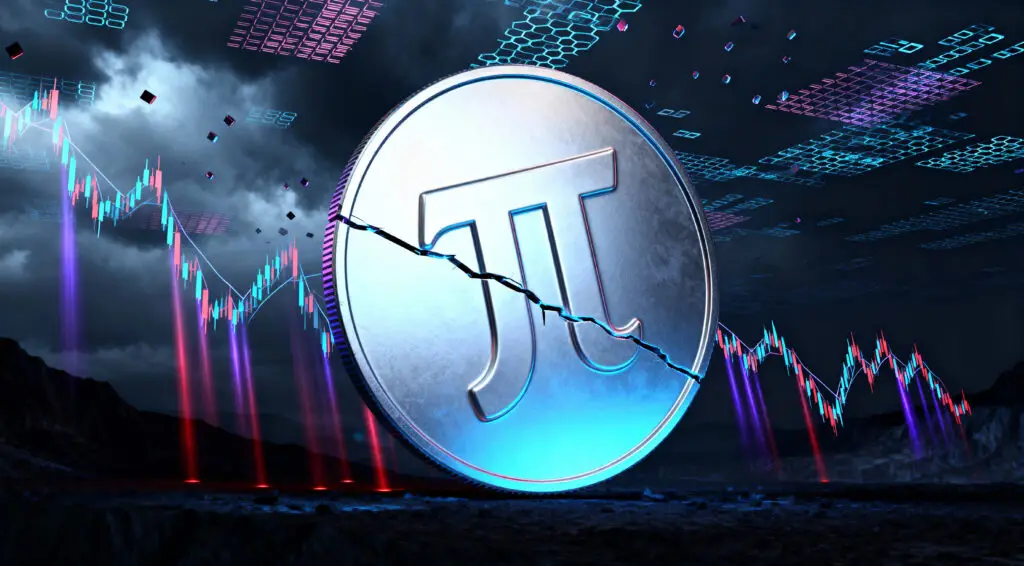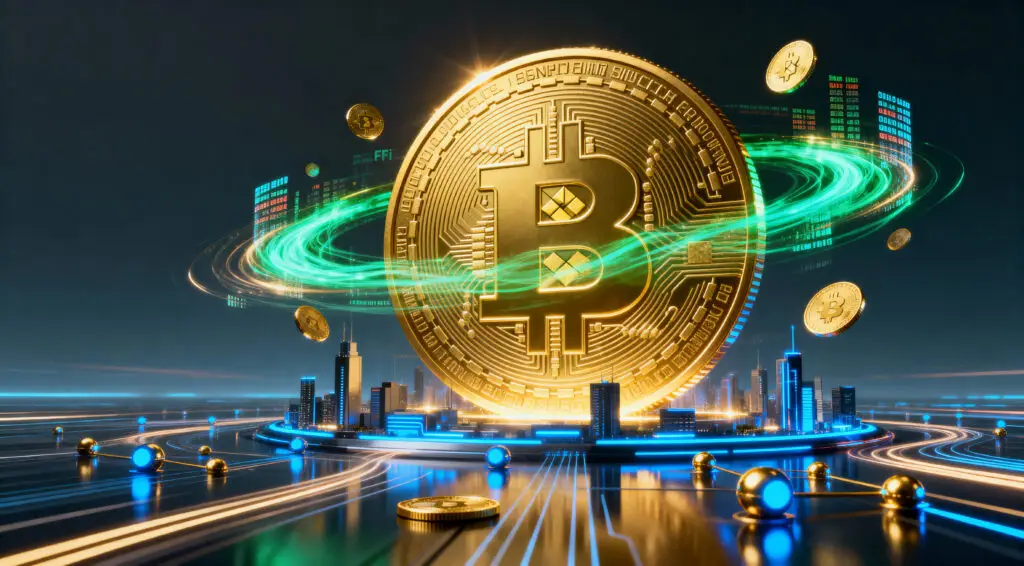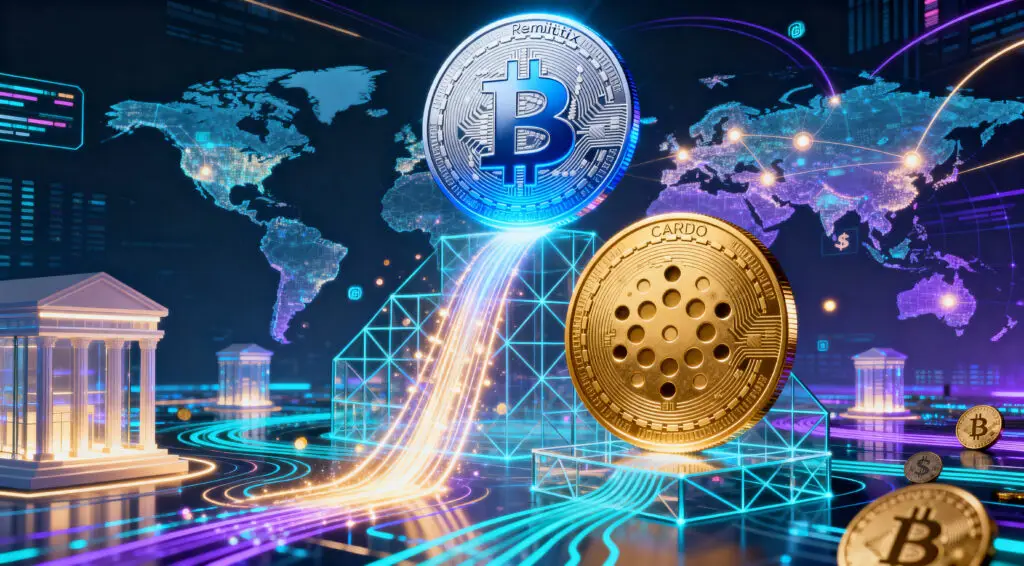XRP Strengthens Cross-Border Payment Efficiency Globally
XRP is transforming cross-border remittances by offering a solution that is faster and more cost-effective than traditional systems like SWIFT, enabling near-instant digital settlements. The bridge-currency mechanism removes the need for pre-funding and significantly reduces transfer times for emerging-market corridors across the globe.
Ripple collaborates with SBI Remit, Tranglo, and Pyypl, facilitating efficient fund transfers for millions of workers throughout Asia, Africa, and Latin America. XRP offers settlement speeds of less than five seconds, providing a level of accessibility that traditional financial systems simply cannot achieve.
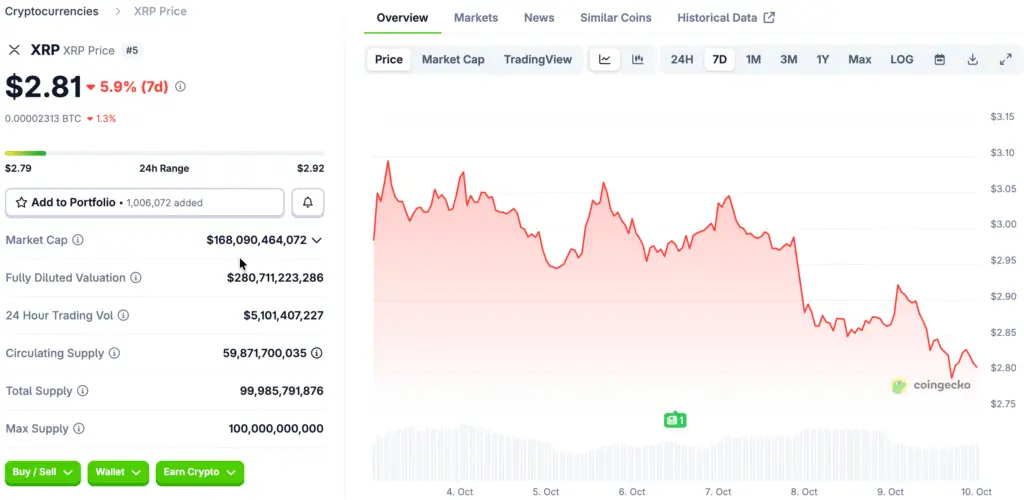
Loyalty and Travel Integrations Bring Real-World Utility
XRP’s integration into loyalty and travel programs extends its reach beyond traditional financial institutions, enhancing everyday consumer experiences with practical crypto utility. The application in points redemption, vouchers, and travel services enhances the asset’s significance well beyond mere speculative trading.
Initiatives like Webus and Wetour have launched a $300 million XRP treasury, catering to more than 60 million loyalty users. This expansion seamlessly incorporates blockchain settlement into the travel industry, showcasing the potential of crypto infrastructure to elevate global consumer ecosystems.
XRP Institutional Adoption Grows as Global Banks Integrate Ripple Payment Systems
The ongoing adoption by leading institutions reinforces the operational reliability of XRP as a digital asset suitable for enterprise use. The integration of treasury functions by international banks and financial institutions reflects a lasting confidence in their effectiveness and liquidity.
SBI Holdings, Santander, and Bank of America have all investigated or adopted XRP in their settlement systems. This type of corporate involvement guarantees ongoing liquidity expansion and enhances the institutional trustworthiness of Ripple’s wider payment ecosystem.
Recommended Article: XRP Faces Rejection At $2.93 As Price Tests $2.85 Support Zone
Technological Advancements Support Ongoing Scalability
The XRP Ledger supports quick and affordable transactions through an environmentally friendly consensus mechanism, eliminating the need for energy-heavy mining processes. The design ensures rapid transactions, robust security, and low fees, making it ideal for both microtransactions and corporate payments.
Recent enhancements such as XLS-20, XLS-70, and XLS-80 broaden the capabilities for NFTs, identity management, and tokenized assets. The ongoing advancements ensure XRP remains significant in a highly competitive blockchain landscape that requires practical scalability.
XRP Gains Legal Clarity After Ripple Settlement as Institutional Adoption Accelerates
The clarity of legal standing has emerged as a significant advantage for XRP following years of ambiguity linked to Ripple’s prominent regulatory challenges. The conclusive settlement in 2025 with the US Securities and Exchange Commission provided much-needed clarity for investors.
The resolution of Ripple’s case was firmly established with the agreement to pay a $125 million penalty. Recognizing that XRP sales on exchanges do not qualify as securities, institutional adoption is now advancing within well-defined global regulatory frameworks.
Network Growth and Institutional Metrics Highlight Expansion
According to data from the XRP Ledger, by the year 2025, there will be more than 6.6 million active wallets and 6 million registered accounts. Japan’s SBI Group holds a substantial 1.6 trillion yen ($10 billion) in XRP-related assets, highlighting significant institutional engagement.
This extensive involvement strengthens network effects as financial institutions, trading platforms, and users progressively engage within Ripple’s ecosystem. Liquidity corridors have now expanded across numerous markets, establishing XRP as a key component of financial infrastructure.
XRP Confronts Challenges in Competition and Adoption Moving Forward
Even with its advancements, XRP encounters rivalry from stablecoins and central bank digital currencies that provide quicker compliance alignment. These competitors draw significant transaction volumes and institutional confidence by leveraging regulatory support.
USDC, the leader in stablecoins, processes more than $5.9 trillion each year, showcasing usage levels that XRP has not yet achieved. For XRP to succeed, it needs to enhance genuine consumer interaction while maintaining its advantages in cross-border transactions amidst the growth of global fintech systems.
